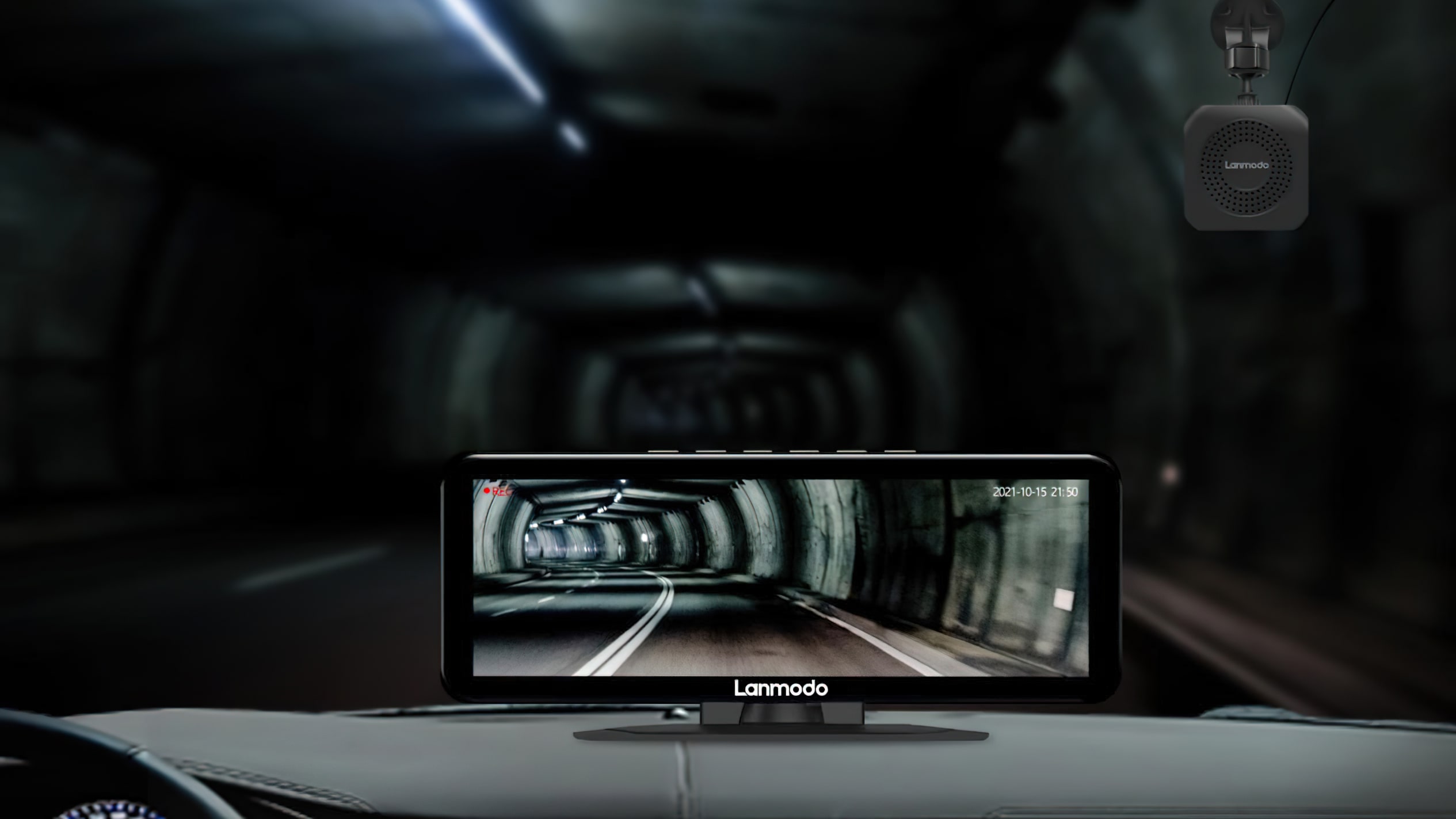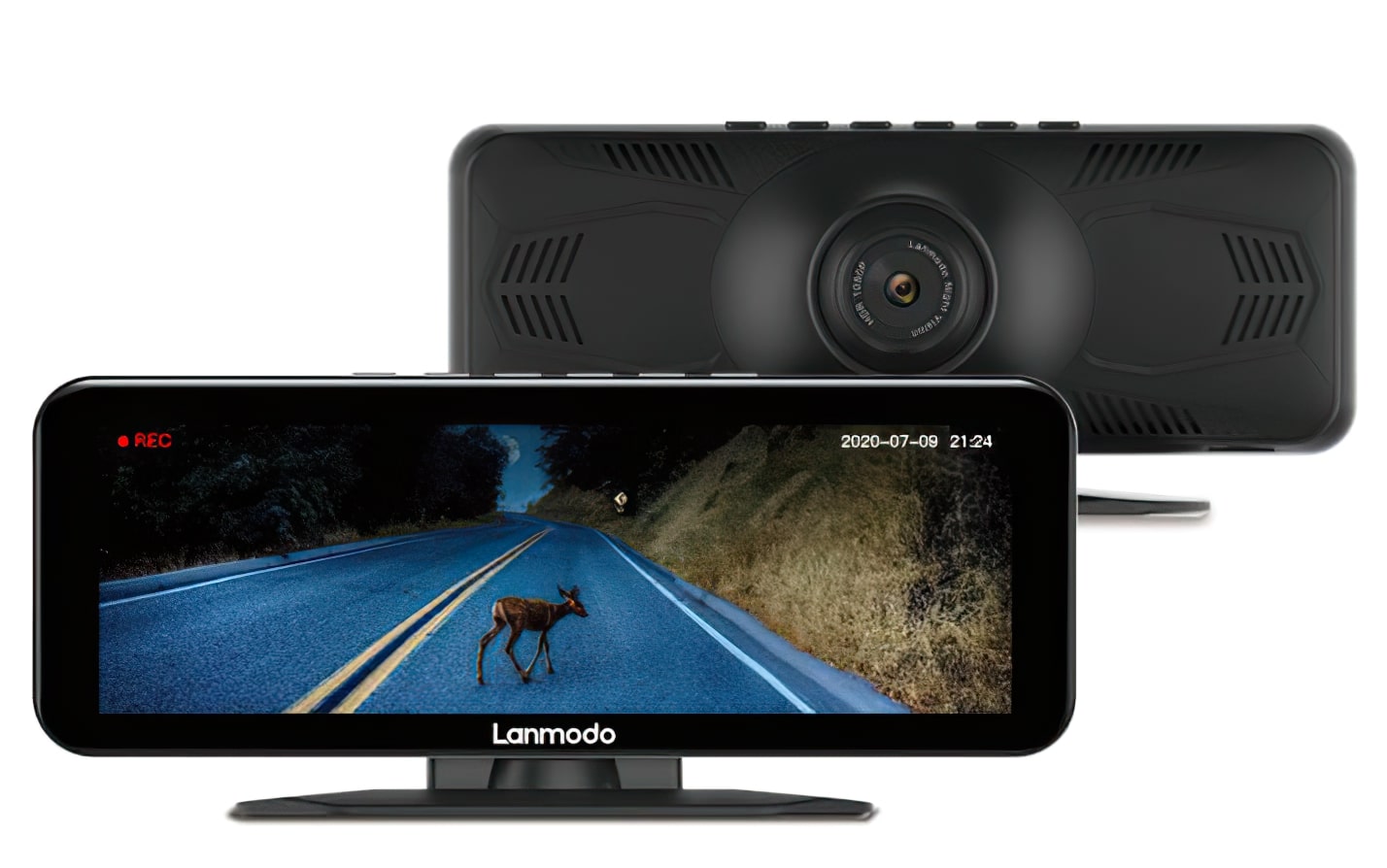
At the top of final week, Nvidia launched a brand new Game Ready driver that unlocked their fancy pants actual time ray tracing tech for GTX 10 and 16-series graphics cards, beginning with the 6GB GTX 1060. Before that, you needed to have a shiny new Nvidia RTX card to make the most of all their lifelike lighting results in games equivalent to Metro Exodus, Battlefield V and Shadow of the Tomb Raider, the most affordable of which is the nonetheless fairly expensive £330 / $350 RTX 2060.
Technically, Nvidia’s GTX 10-series has all the time been in a position to do ray tracing – it’s simply it’s by no means actually been attainable because of the sheer quantity of graphical grunt concerned to render all of it in actual time. And to some extent, it’s nonetheless not likely attainable – a minimum of not in games such because the tremendous intensive Metro Exodus, for instance, which employs virtually each present ray tracing approach beneath the solar. But in different games the place builders have employed barely lighter ray tracing methods, such because the shadows in (you guessed it) Shadow of the Tomb Raider, it’s truly extra possible than you assume – and I’ve been placing my 6GB GTX 1060 and GTX 1070 playing cards to the check to seek out out precisely what sort of speeds you may anticipate to see with ray tracing switched on.
Before we get began, it’s price reiterating precisely what these games are doing once we discuss enabling their ray tracing help, because it’s not essentially doing the identical factor in each ray tracing-supported game. In Battlefield V, for instance, ray tracing is just utilized to the game’s reflections, whereas Shadow of the Tomb Raider is just utilizing it to render the shadows. In each circumstances, the ray tracing workload is relatively gentle. It nonetheless produces a substantial drop in efficiency, however it’s nowhere close to as intensive as Metro Exodus, for instance, which makes use of ray tracing for each its ambient occlusion and world illumination techniques as a way to decide how vibrant each single gentle supply and floor ought to be in any given scene.
Metro Exodus: GTX ray tracing efficiency
And with out the devoted ray tracing or RT cores you’ll discover on Nvidia’s newer and dearer RTX graphics playing cards, you might as effectively neglect about taking part in a ray traced Metro Exodus on the GTX 1060 and GTX 1070, because it’s merely an excessive amount of to deal with even on the bottom attainable graphics settings.
To check every card, I jogged up and down the facet of the prepare within the game’s first open world space, the Volga, on Medium high quality (ray tracing merely gained’t activate when you put it on Low) at a 1920×1080 decision with all the remainder of Metro’s graphics options both turned off or dialled proper again to their lowest possibility.
Without ray tracing enabled, the GTX 1060 was knocking down frames between 80-108fps more often than not, whereas the GTX 1070 was hitting highs of 127fps. All very acceptable, you may assume.
Switch on ray tracing, nonetheless (which solely has the choice of being High or Ultra, I ought to add), and man alive, I assumed my PC had thrown itself into the white sizzling coal face of Metro’s prepare engine. The GTX 1060 lurched between a very unplayable 20-33fps, and even the GTX 1070 struggled to remain on the suitable facet of the 30fps line with these settings, veering between chugging lows of 25fps to simply about acceptable highs of 43fps.
Sadly, I don’t presently have a GTX 1080, GTX 1080 Ti, GTX 1660 or GTX 1660 Ti at hand to see how they examine, however for sure, I don’t assume even GTX 1080 house owners will have the ability to handle far more than the settings I’ve described above. As a outcome, Metro Exodus might be extra of a ‘that is what the game may appear like with a greater graphics card’ form of deal relatively than one thing you may realistically play with ray tracing from begin to end proper now.
Shadow of the Tomb Raider: GTX ray tracing efficiency
Luckily, my Shadow of the Tomb Raider ray tracing outcomes had been much more promising, providing largely playable body charges throughout extra than simply the bottom high quality setting. Here, I used the game’s inner benchmark to see how every card coped with the game’s superior shadow tech, which produces a mean body charge based mostly on three key (and, crucially, shadow-heavy) scenes from the principle game.
The first scene takes place in Cozumel’s city sq., which Nvidia themselves have utilized in all of their Shadow of the Tomb Raider ray tracing demo movies. Here, the digital camera swoops round Lara as she walks via the bustling Day of the Dead pageant, showcasing plenty of gentle, overlapping shadows from individuals dancing in entrance of a neon-lit band, and the nice and cozy glow of sparklers casting plenty of fast-moving shadows throughout the faces of excited children.
The second then strikes into the jungle, with plenty of gentle coming in via the bushes and dense canopies up above, whereas the third surveys the equally busy market place of The Hidden City of Paititi, the principle city hub within the latter half of the game.
An vital factor to notice right here, nonetheless, is that ray tracing is basically an Ultra+ form of graphics setting in Shadow of the Tomb Raider, and that even switching it to its lowest Medium setting (the opposite two being High and Ultra) will mechanically change the common Shadow Quality setting to Ultra, which you’ll see is greyed out within the image above. As a outcome, this nonetheless places fairly the pressure on the previous graphics card efficiency, however offered you retain the Ray Traced Shadow Quality to Medium, even the GTX 1060 can produce some fairly first rate outcomes at 1920×1080 with its lowest SMAA anti-aliasing possibility in play.
On the High high quality preset, for instance, the benchmark returned a mean body charge of 50fps with ray tracing on Medium, which actually isn’t that unhealthy contemplating you’d usually get a mean of 66fps on High with no ray tracing turned on in any respect.
It’s not fully excellent, thoughts, as each high quality setting I attempted with Medium ray tracing at this decision nonetheless noticed some chugging lows of between 21-24fps every so often, whereas non-ray traced benchmark outcomes by no means went beneath 45fps on Highest and 53fps on High and Medium. On the entire, although, I’d say it was easy sufficient to attempt a correct playthrough with.

This is what Shadow of the Tomb Raider appears to be like like on its Highest high quality preset with none ray tracing. Note the onerous outlines of the shadows on the bottom.

Highest high quality with Medium ray tracing. The shadows on the ground now have a lot softer, extra natural-looking outlines.

And right here’s Highest high quality with Ultra-fied ray tracing. Those dancer shadow outlines are actually even softer spherical the sides, and far more how they’d look in actual life when illuminated by the neon signal behind them. The solely drawback is that it completely tanks efficiency, even on the GTX 1070.
It’s playable on a GTX 1060, then, however the large query is: Are you truly gaining something? And the reply to that’s, effectively, not quite a bit except what you’re on the lookout for. You see, the entire level of getting ray traced shadows in Shadow of the Tomb Raider is to get them trying as lifelike as attainable.
But as you may have the ability to see within the sequence of photographs above, Medium ray tracing already appears to be like fairly darn just like no ray tracing in any respect. It’s solely while you allow Ultra ray tracing that you just actually begin seeing a distinction – which merely isn’t attainable on the actual playing cards I examined. Here are some extra comparability photographs, the place you’ll wish to be casting your eyes to the shadows of the bushes within the backside proper nook:
Naturally, the GTX 1070 is significantly better outfitted to take care of Tomb Raider’s ray traced shadows than the GTX 1060 at this decision, however even right here you’re nonetheless going to be confined to Medium ray tracing relatively than something extra substantial. Again, getting it up and operating isn’t actually an issue with this card. I noticed a mean of 60fps on Highest with Medium ray tracing enabled after I put the GTX 1070 via the game’s benchmark, for instance, which isn’t that far off the cardboard’s typical, non-ray traced common of 76fps at this high quality.
Much just like the GTX 1060, although, you’re nonetheless some fairly steep drops when ray traced scenes get a bit busy. In this case, I noticed lows of 30fps on Highest, and 33fps on High and Medium, which is kind of the autumn in comparison with the non-ray traced lows I noticed of 59fps on Highest and 70fps on High / Medium. That mentioned, I’d argue that even the occasional dip to 30fps remains to be a superbly playable form of pace for trying to play the game with ray tracing switched on – the one drawback is whether or not you assume it’s truly price it or not.
If you actually wish to, you may most likely nearly handle Medium ray tracing at 2560×1440 on the GTX 1070, too, so long as you’re proud of taking part in it on Medium high quality graphics. With these settings, the GTX 1070 averaged 43fps within the benchmark, down from a non-ray traced common of 59fps. However, you’re even chuggier lows of 20fps at this decision, so that you’re most likely nonetheless higher off sticking with 1920×1080 on this explicit card relatively than bumping up the decision.
I’ll do my greatest to get the GTX 1660 and GTX 1660 Ti again in to see how their extra upmarket Turing GPUs fare as quickly as I can, however within the meantime, I’d say it’s a little bit of a combined bag for present GTX 1060 and GTX 1070 house owners. Performance-wise, I’d say the outcomes I’ve detailed above truly paint a far brighter image than the relatively woeful-looking graphs Nvidia launched themselves final week, however by way of the general visible improve you’re additionally solely getting the briefest glimpse of what ray tracing can truly deliver to the desk.
To get the correct ray tracing expertise, you actually need an RTX 2060, which breezed via Shadow of the Tomb Raider’s benchmark on Highest with Ultra high quality ray tracing at 1920×1080, averaging 79fps general and by no means dipping beneath 57fps. It’s nonetheless early days for ray tracing, after all, however it simply goes to point out how a lot further work these devoted RT Cores are placing in in comparison with your common GTX card.
Still, as a method of a minimum of seeing what some of the fuss is about, Nvidia’s new driver is unquestionably a welcome step in the suitable route. Provided you don’t thoughts the danger of vomming up your lunch as you attempt to choose via some really terrible body charges to see what the distinction is, it’s effectively price giving it a go, particularly when you’re nonetheless on the fence about whether or not you need to improve to an RTX card or not. Sure, Metro Exodus remains to be going to be out of bounds for all however probably the most highly effective of GTX graphics playing cards, however when you’ve but to raid some shadowy-looking tombs, don’t be afraid to hint a few of these rays.







